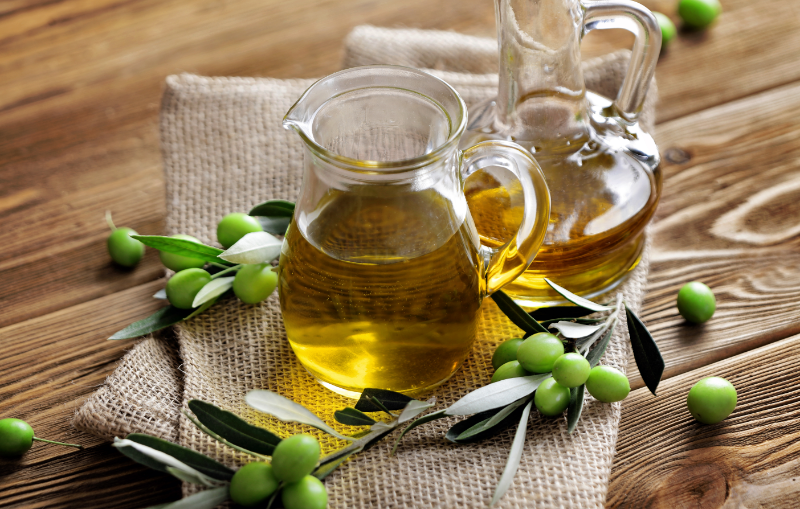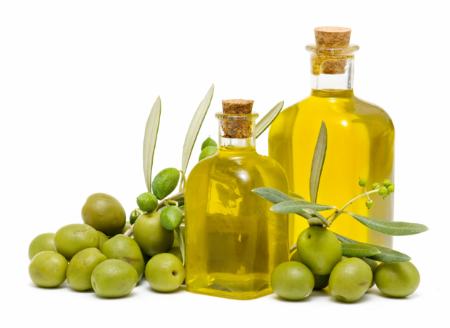
Greetings, fellow olive oil enthusiasts! If you’ve ever found yourself searching the vast world of healthy culinary delights, you probably know the importance of a key ingredient – extra virgin olive oil.
Often referred to as EVOO or “liquid gold,” this kitchen staple is more than just a cooking essential, it’s a cultural icon with a rich history and a variety of uses.
I’m Tom, and I’m here to answer your burning questions about olive oil, from its health benefits to its various types and culinary applications. So, put on your chef’s hat and let’s explore the wonderful world of extra virgin olive oil.
The Basics

Let’s start with the basics. Olive oil is derived from the fruit of the olive tree, and its production dates back thousands of years. The process involves crushing olives to extract the oil, which is then filtered or refined.
The quality of olive oil depends on many factors such as the type of olives used, the production methods, and the region where it is cultivated.
Types of Olive Oil
The first thing to know about olive oil is that there are different types, or grades, each requiring different processing. There are several classifications, each offering a unique flavor profile or ideal use in the kitchen:
- Extra Virgin Olive Oil (EVOO): Considered the highest quality, EVOO is extracted through cold pressing and has a distinct, robust flavor. It’s best enjoyed drizzled over salads, vegetables, or used in dressings. It is also a great cooking oil for sautéing.
- Virgin Olive Oil: Slightly lower in quality than EVOO, virgin olive oil is still a great choice for cooking and adds a delightful flavor to various dishes. It is not recommended to drink virgin olive straight because of the potential acidity, and it contains less health benefits than EVOO.
- Pure Olive Oil: This is often a blend of virgin olive oils and refined oils. It’s suitable for cooking at high temperatures but lacks the flavors and the health benefits of extra virgin olive oil.
- Light Olive Oil: Despite the name, “light” refers to the oil’s mild flavor rather than reduced calories. It’s suitable for cooking and baking without imparting a strong taste to the dishes. It also lacks most of the health benefits found in extra virgin olive oil.
Health Benefits

Extra virgin olive oil isn’t just a tasty addition to your meals, it’s also packed with many health benefits from promoting heart health to providing essential antioxidants. The Mediterranean diet, rich in olive oil, has long been associated with various health advantages. It has been used to aid with skin, scalp and hair health for thousands of years.
Culinary Uses
Extra virgin olive oil isn’t just for salads, it’s a versatile ingredient that can elevate the flavors of a wide range of dishes. From sautéing and roasting, to baking and frying, the possibilities are endless. Drizzle EVOO over salads or your favorite leafy greens, use it as a base to make your own salad dressing or use it as a dipping sauce for your favorite fresh breads. Make a marinade for meats and fish, or drizzle it over freshly cooked meats and veggies for a delightful presentation.
Regional Influences

Just like wine, olive oil carries the distinct flavors of the environment where the olives are grown. From the robust intensity of Italian oils to the fruity notes of Spanish varieties, understanding regional nuances can help you to find your favorite and enhance your culinary experience. Different olive varieties and the environments where they are grown create a wide range of flavor, color and viscosity to the finished EVOO.
If you’re curious about the specific characteristics of olive oils from different regions, don’t hesitate to browse through our articles or search for specific content. Enjoy the world of extra virgin olive oil.
Tom – Olive Oil Lover

